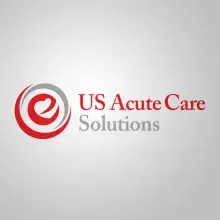Improving Healthcare Literacy
Emergency medicine has long been called the “safety net” in our medical system, taking care of people who cannot access healthcare through other avenues. While emergency medicine would be more efficient if we only saw true emergencies, this is not a practical reality in today’s healthcare system. We take care of patients with urgent conditions; we perform minor procedures that were formerly done by any family physician in the country. We take care of social issues such as homelessness, substance abuse, and domestic abuse. Many times we are just a convenience for primary care physicians. And on occasion, I simply arrange a “taxi” ride for someone who cannot drive for an outpatient appointment at a tertiary referral center. We do it ALL.
Unfortunately, this comes with a cost – a fairly large cost. As this article in the Washington Post details, improving healthcare literacy could lower the cost of healthcare in combination with improving access to care. I have long held the belief that there should be mandatory education in middle school on how to access the healthcare system.
Remember the days of Home Economics in school? I think a curriculum should be developed to teach appropriate use of the medical system from visits to your primary doctor, to when to seek urgent or emergent care. It could include how to prepare for an office visit, empower patients to ask questions, monitor and keep track of their own records from old EKG’s and labs to medication lists. It could also address an overview of the cost and payment of healthcare and the vitally important end of life issues. It would educate on substance abuse issues, obesity and domestic violence. I don’t think “health” class in school goes far enough.
Healthcare costs will not decline until we are able to change patients’ behavior and I believe this can only be done through structured education at a younger age.

